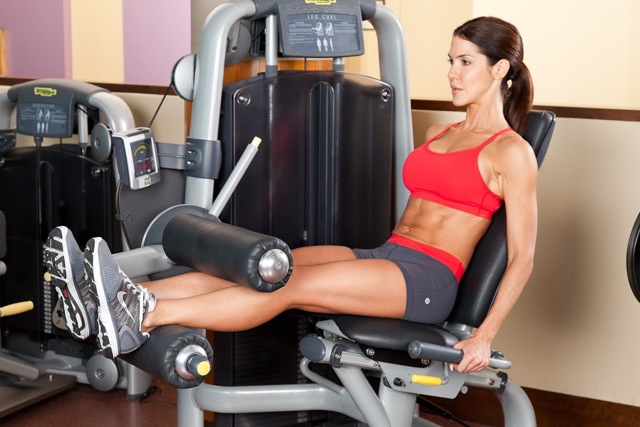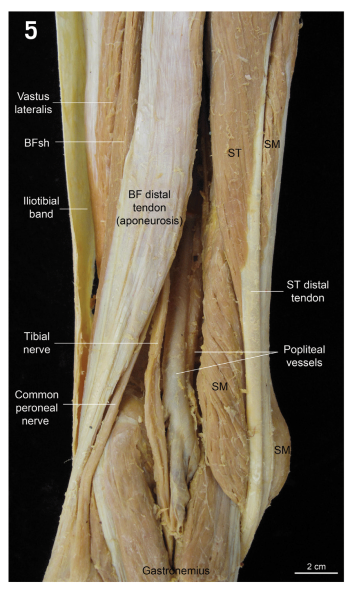In this post we discuss why isolation exercises aren’t really isolated and why they’re so important in your resistance training programme.

At a glance
Practitioners sometimes dismiss isolation exercises (like leg curls), but they play an important role.
Even in single-joint movements, multiple muscles are active — prime movers, stabilisers, and supporting muscles.
Isolation exercises help identify and strengthen weak links with less risk and complexity than multi-joint lifts.
Compound lifts (squats, deadlifts) are valuable but require higher skill and carry greater injury risk.
Best practice: start with isolation to build a foundation, then progress to compound movements for broader strength.
Introduction
I often come across posts by trainers who dismiss the value of so-called isolation exercises—movements designed to target a single joint.
They speculate that they don’t transfer to real-life situations (false). Or that they’re a waste of time, as you can get more value from compound lifts like the squat or deadlift.
Before we address those points, let’s take a look at what we’re isolating in something like a leg curl for example.
Below is an image of the back of a knee, dissected to show the muscles, tendons, nerves, and blood vessels.

Somewhere in that mass of tissue are the following muscles, which have the primary responsibility for flexing the knee.
Primary movers of knee flexion
- Hamstrings
- Biceps femoris (long & short head)
- Semitendinosus
- Semimembranosus
- Other knee flexors
- Sartorius
- Gracilis
- Gastrocnemius
- Plantaris
- Popliteus (assists, especially in unlocking the knee)
In addition, there will be activity in the muscles that work to stabilise joints both above and below the knee during the movement.
Stabilisers during knee flexion
- Glutes and hip flexors – hold the pelvis / hips stable so the hamstrings can pull efficiently
- Core muscles – prevent unwanted movement at the trunk and pelvis
- Lower leg muscles – stabilise the ankle while gastrocnemius assists at the knee
- Quadriceps – even your anterior thigh muscles are active to balance the forces around the knee
You may also have activity in your upper body as you push yourself into the seat.
The result: even something as “simple” as bending your knee involves a team of muscles across the hip, knee, and ankle.
Isolation exercises versus multi-joint exercises
There’s a time and a place for compound exercises like squats or deadlifts, but the increased skill requirement and overall demand may increase your risk of injury.
From a coaching perspective, it’s almost impossible to decipher what’s actually going on in multi-joint lifts.
It’s already difficult enough with single-joint exercises. Add more joints to monitor, and you can appreciate just how challenging it becomes.
A sensible approach is to load joints in relative isolation at the start of a programme, then gradually introduce complexity. This makes it easier to identify weaknesses and target them directly.
Summary
There’s no such thing as pure isolation in resistance training. During single-joint exercises, many muscles and joints contribute — some moving, others holding still.
There is a benefit to adding multi-joint exercises when the time is right, but this must be weighed against the potential risks.